Coffee grounds naturally contain many spores of microorganisms. As soon as the coffee grounds remain in the machine, a race of organisms begins to colonize this medium. You'll barely see any signs of these microorganisms for the first few days, but you can be sure that many bacteria, yeasts, and molds are active in these coffee grounds. Currently, there's no test method to determine the number of "infections" in these coffee grounds within a few seconds or minutes.
Since 2013, rotterzwam has been collecting coffee grounds from companies and checking them using human sensors—eye and nose—to determine whether they are suitable for us. We were able to reasonably assess at each location whether the fresh coffee grounds were being handled cleanly or not. If not, we usually rejected them to reduce the risk of contaminated coffee grounds contaminating the clean ones. This way, we were able to utilize 60% of the coffee grounds.
Since the corona crisis, we have noticed that more contaminated coffee grounds are coming into our country.
We suspect that this is related to the continued lower occupancy of offices, which also means that coffee machines are emptied less often.
Lower staffing levels at the coffee machine management company: labor shortages may have led to cutbacks in the frequency of emptying coffee machines.
Other coffee types: We know from experience that certain types of coffee contain competing micro-organisms more quickly.
In addition, rotterzwam has increased capacity, allowing us to produce larger batches to make our production process more efficient. This has significantly exacerbated the consequences of mixing a single source of contaminated coffee grounds.
In early 2023, we therefore began research into sterilizing our incoming coffee grounds. This will eliminate existing microorganisms and give our fungus a greater head start on colonizing the substrate. This will significantly reduce waste, allow us to utilize even slightly infected coffee grounds, and potentially allow us to grow more mushrooms.
We can now say that this was a successful investigation.
The photos show the Lion's Mane mushroom, which we can now grow on a substrate with some coffee grounds. Besides the gray oyster mushroom and Lion's Mane, we can now also grow the king oyster mushroom and shiitake on a substrate with coffee grounds.
We will further fine-tune this technology in the coming period and prepare for scaling up this application.


Circular substrate factory
Our dream is to establish a substrate factory where we can process coffee grounds into substrate on a larger scale for growing various mushroom varieties. Besides coffee grounds, there are other waste streams that are perfectly suited for substrate composition, such as bread or wood waste (sawdust). Funding is needed to realize this dream. We will be working on an investment proposal in the coming weeks.
Stay informed
If you would like to stay informed about the developments of this substrate factory, please register via this link.
This project was made possible by:


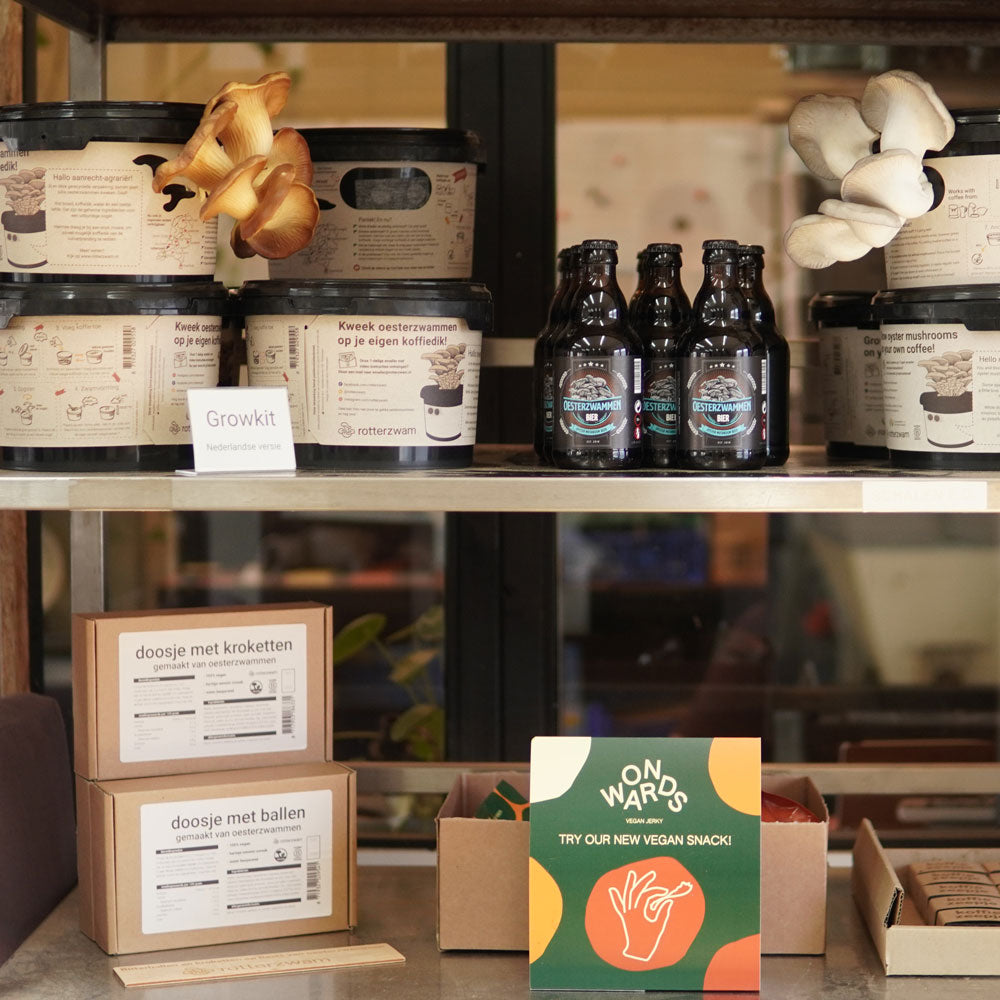
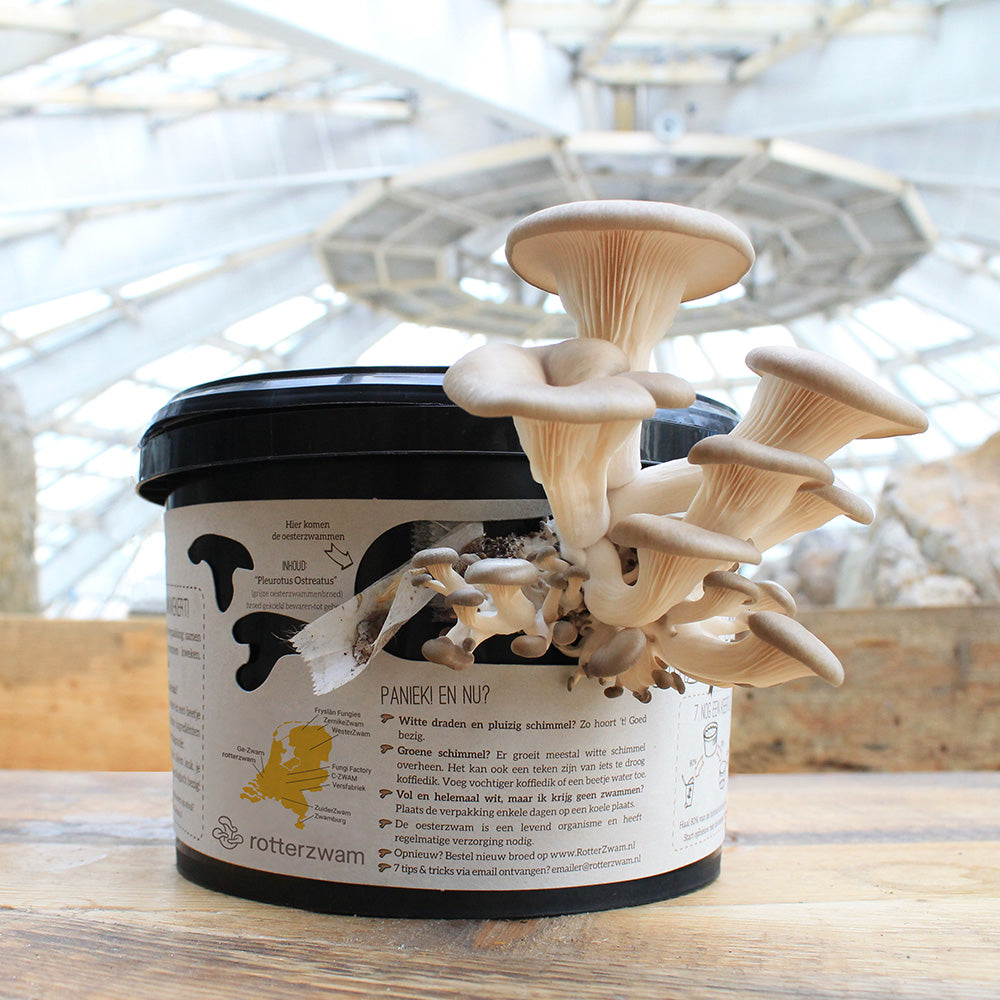
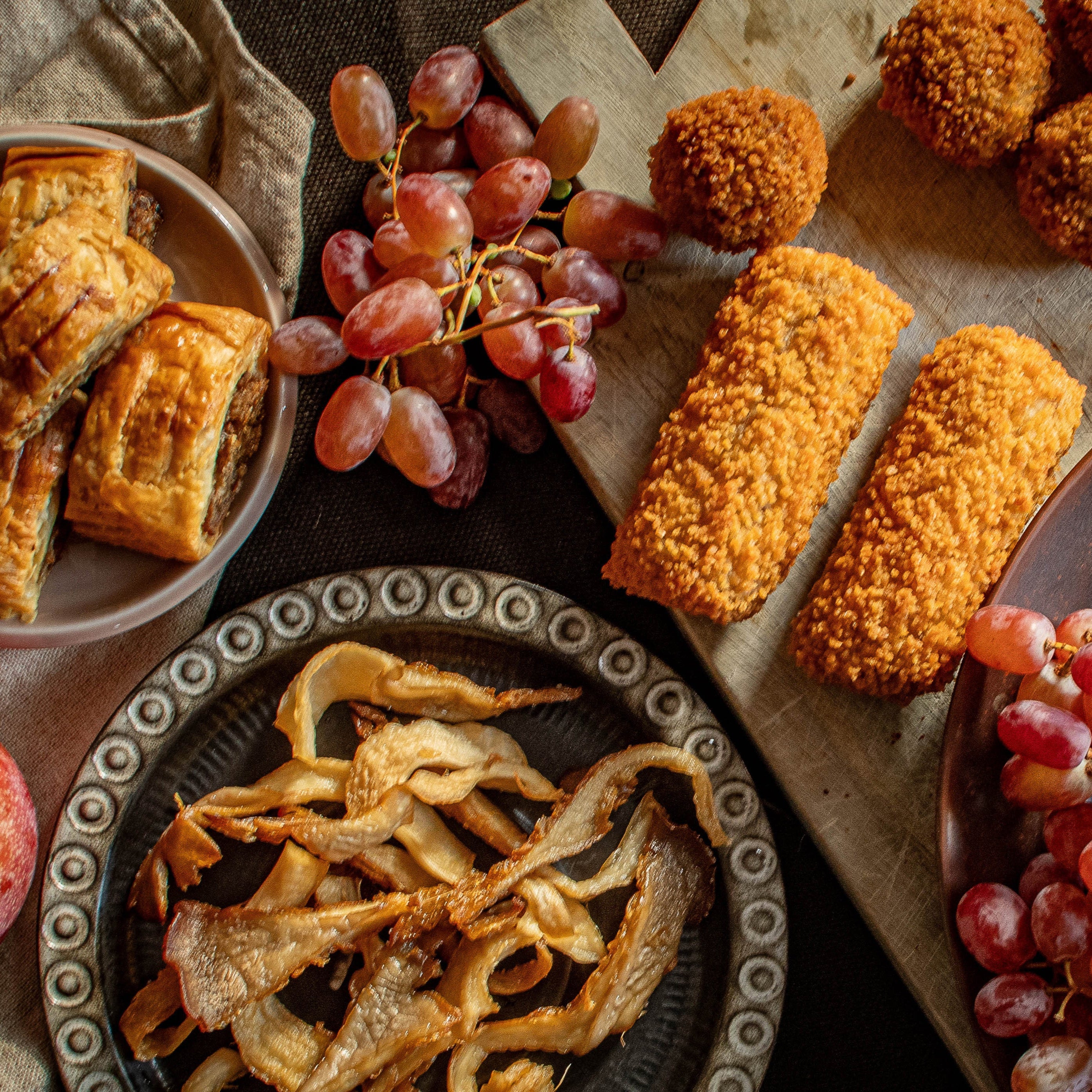
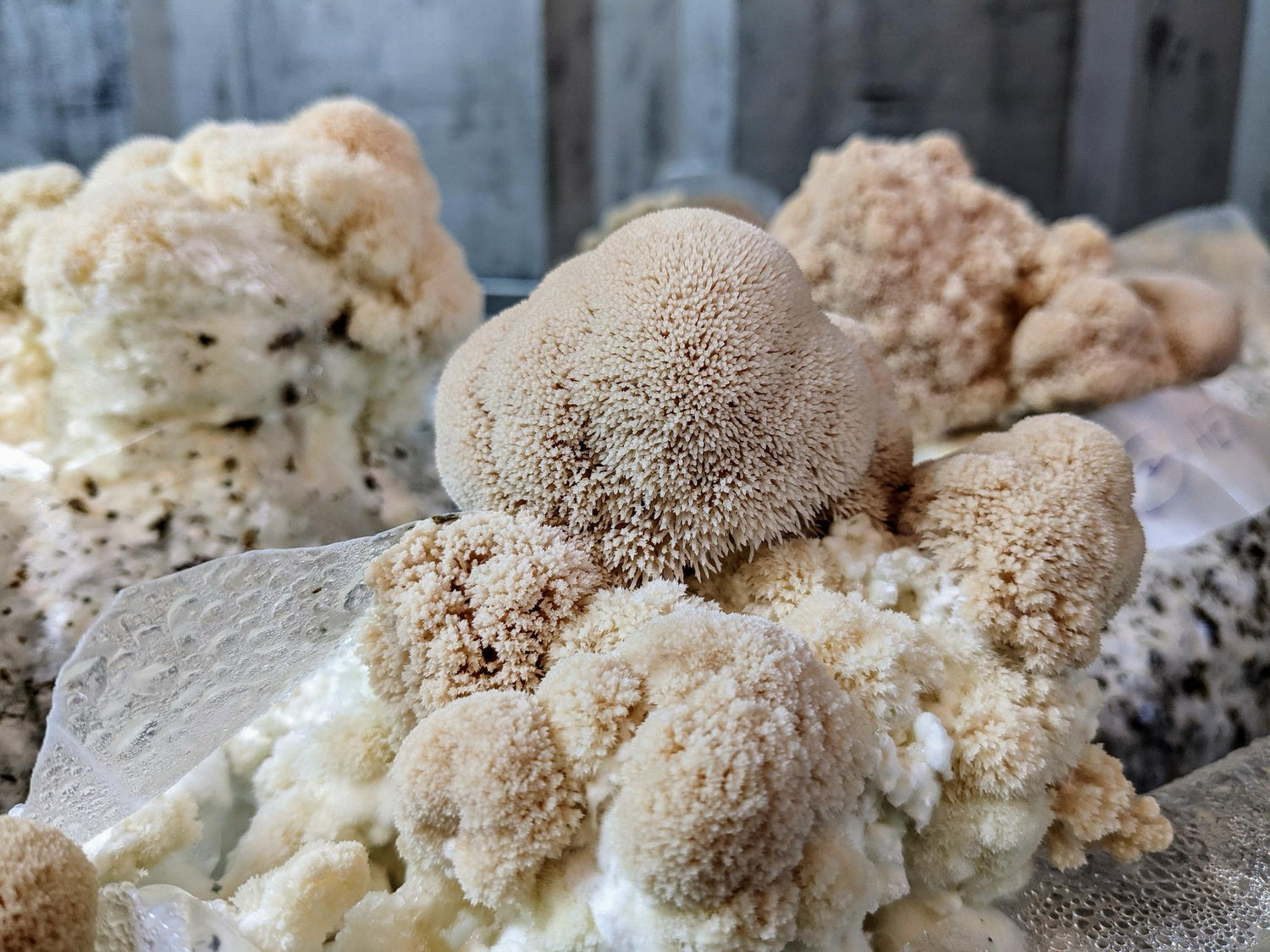

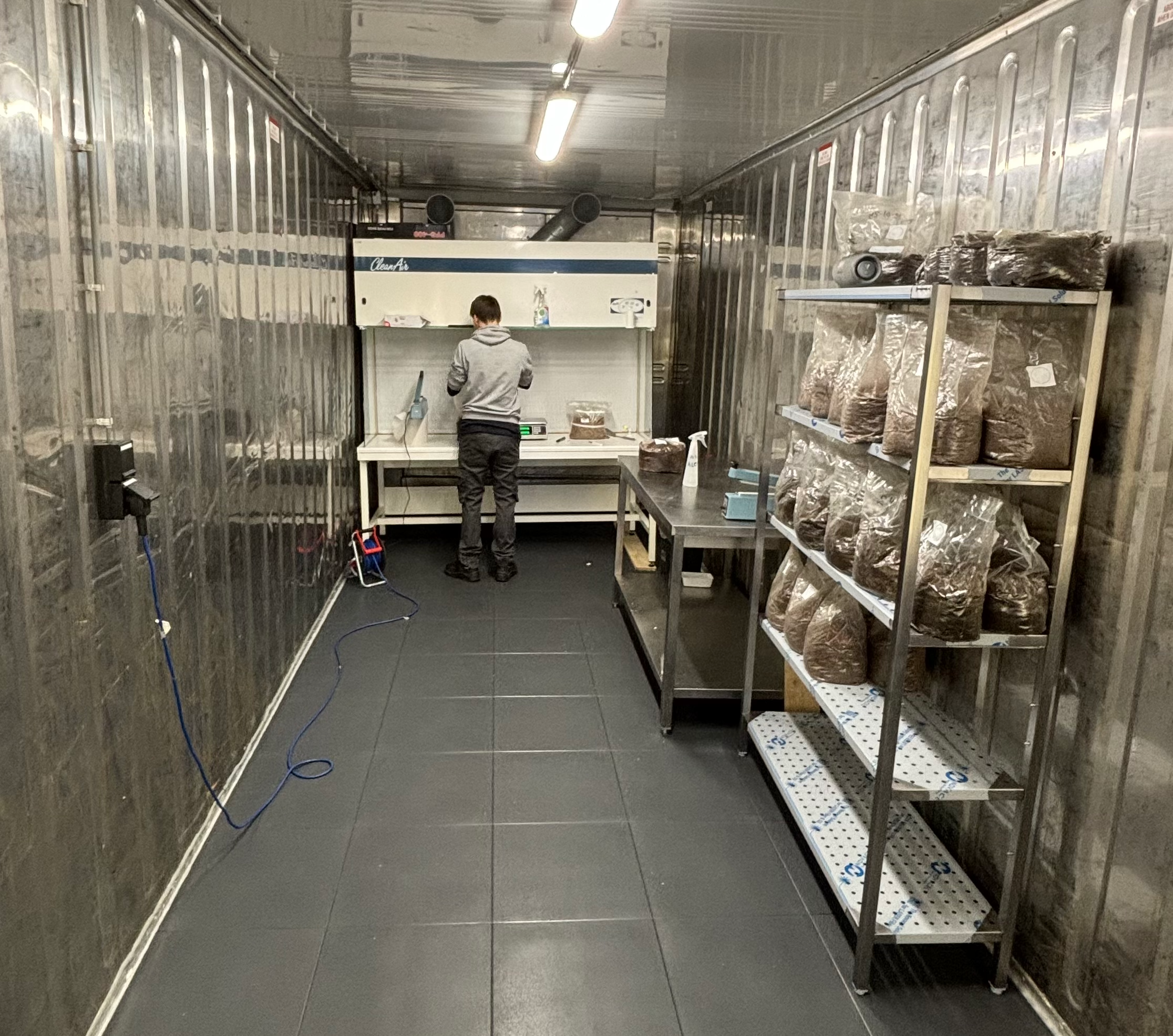
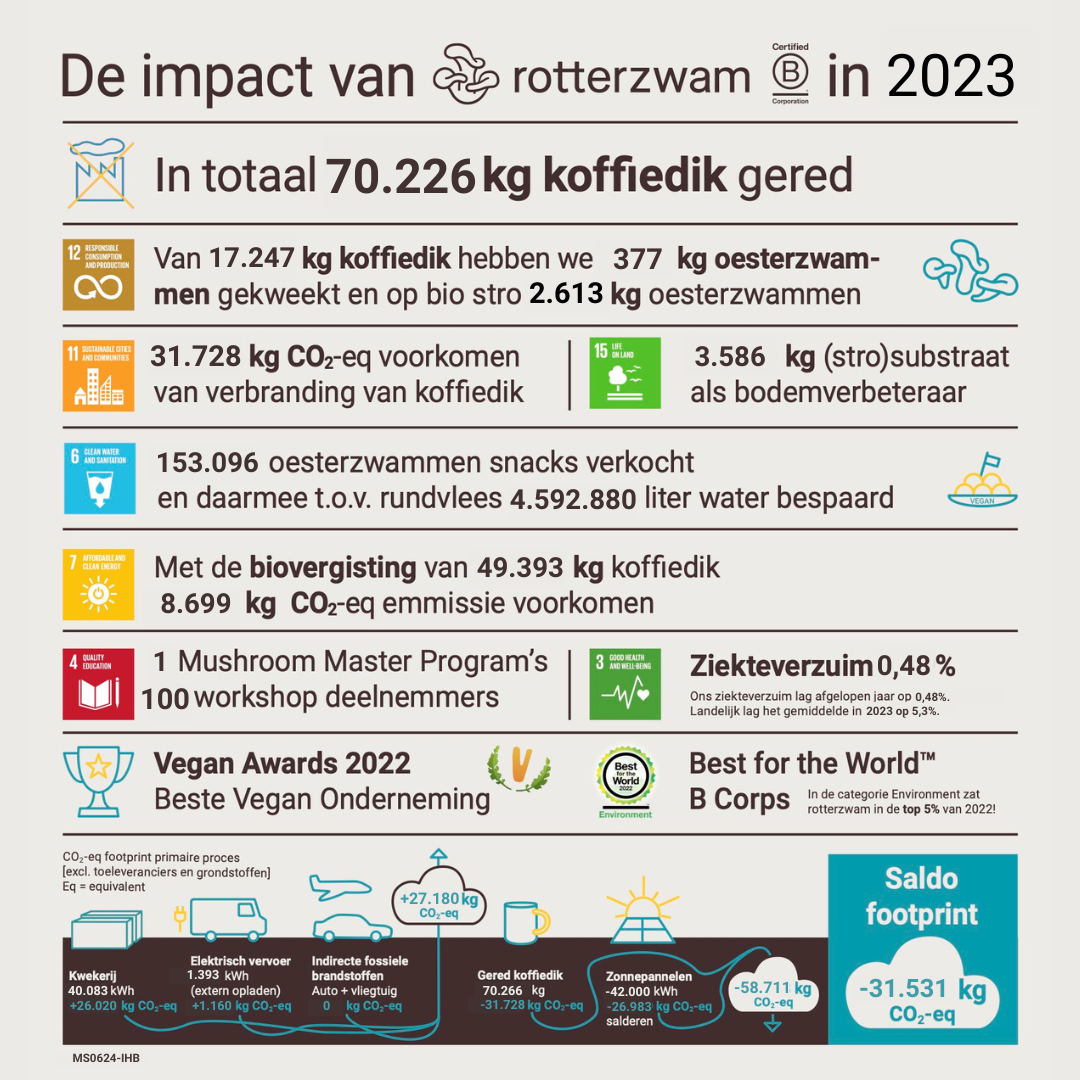
Leave a comment
All comments are moderated before being published.
This site is protected by hCaptcha and the hCaptcha Privacy Policy and Terms of Service apply.